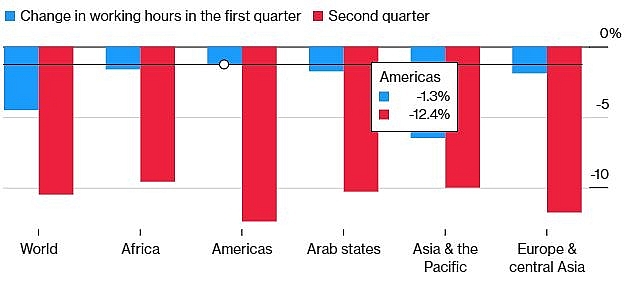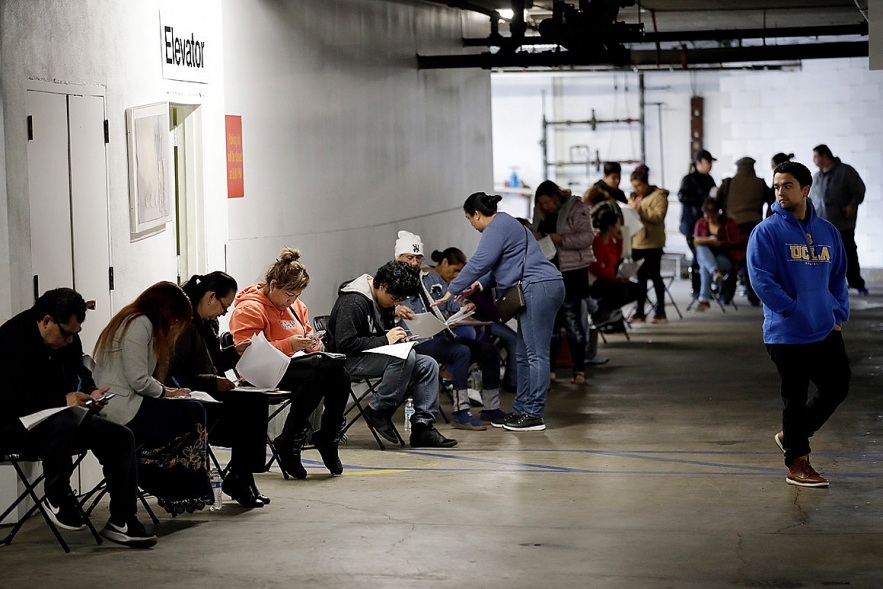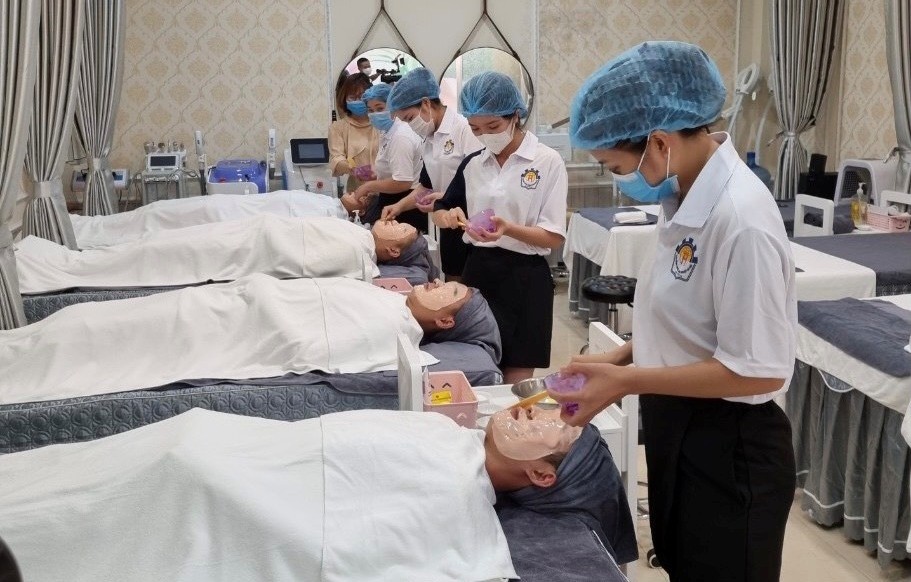Covid-19 sweeps 305 million full-time jobs in 2020's second quarter
 |
| Photo: MGN. |
Unprecedented Fallout
The global pandemic is resulting in a reduction in economic activity and working time, Bloomberg reported. The damage to labor markets around the world is proving far more severe than initially estimated after governments extended shutdowns to damp the spread of the coronavirus.
The huge number captures the impact on the global economy from the virus and the tough measures to contain it. While those steps were necessary to limit the death toll, they have shut down businesses and cut incomes and jobs. They’re also costing governments billions in welfare spending, with millions of workers claiming benefits or getting subsidized wages on furlough programs.
 |
| Source: International Labor Organization |
Almost 1.6 billion informal workers are either significantly impacted by lockdowns or working in the hardest-hit sectors. The first month of crisis could cut their earnings by 60% globally, with the largest declines in Africa and Latin America, it said. In addition, the rate of relative poverty, defined as the proportion of workers with monthly earnings that fall below 50% of the median, could increase sharply.
“It’s a statistic that’s difficult to capture and we all have to think of the human suffering that stands behind that extraordinary figure,” said ILO Director-General Guy Ryder.
Which industry sectors and occupations are most at risk?
According to ChinaDailyhk, the ILO's analysis showed that more than 400 million enterprises - made up of companies and self-employed - are in “at risk” sectors such as manufacturing, retailing, restaurants and hotels. In Europe and the United States, just two service industries (accommodation and food services plus wholesale and retail) account for around 40 percent of all vulnerable jobs. Among occupations, more than 80 percent of customer-service and sales roles are at risk, Mckinsey reported.
 |
| India's migrant workers have been hit especially hard during the lockdown, with many forced to return to villages far from workplaces in the cities. Photo: Reuters. |
How to rebuild and reimagine jobs amid the coronavirus crisis?
Public-, private-, and social-sector leaders are taking urgent steps to manage the fast-evolving crisis of jobs and work. But there is room—and need—for greater focus, speed, boldness, and innovation.
 |
| Workers wait in line in to apply for unemployment benefits on March 13 at the Hospitality Training Academy in Los Angeles. Photo: Marcio Jose Sanchez/AP. |
Mckinsey’s worldwide research on emerging strategies and best practices suggests that governments and their partners need to take urgent action in the following two key areas. The first one is to “create a granular view of who needs help to keep their job—or find new work”. Countries, regions, and cities can quickly develop a granular view of where jobs are at risk and where there is additional demand for labor—by sector, occupation, demographics, and geography. That view needs to put special focus on small businesses and the most vulnerable workers, including those in the gig economy and the informal sector.
 |
| Melaku Woldeamanuel browses job listings at the Rubicon Programs One Stop Career Center in San Francisco on April 3. Photo: Getty. |
The other is to “build smart, cross-sector solutions to get that help to them fast”. As governments prepare to reopen economies postlockdown, they need to find smart ways to maximize employment and protect against new infections, following global guidelines and those of their local public-health agencies. Again, special focus will be needed on restarting and supporting small businesses, which account for the majority of jobs in most countries. At the same time, governments and businesses will need to create new mechanisms to help people whose jobs are at risk redeploy into occupations in which labor demand still outstrips supply - and rapidly build the skills needed for their new roles.
 | UN warns global warming can slash equivalent of 80 million jobs by 2030 As climate change worsens, growing heat stress on workers in agriculture and other sectors will cause a productivity loss equal to 80 million full-time jobs ... |
 | Vietnam may lose five million jobs to automation: ILO As many as five million workers in Vietnam are at high risk of losing their jobs by 2020 because of the boom in artificial intelligence, ... |
 | Jobs sought for VN workers in Taiwan fire The Department of Overseas Labour Management has directed the arrangement of work for over 160 Vietnamese workers who lost their jobs due to a blaze ... |
Recommended
 World
World
India-EU trade agreement expected to be promoted in the future
 World
World
German Chancellor Merz begins his first state visit to India
 World
World
Vietnamese Lunar New Year Food Fair 2026 Showcases Cultural Identity in Malaysia
 World
World
India named President of BRICS+ for the 2026 term
 World
World
India strengthens defense and security ties with Central Asia
 World
World
India–Brazil–South Africa (IBSA) Dialogue Forum: An Assessment – Analysis
 World
World
India’s package for exporters signals confidence in Southeast Asia markets
 World
World





